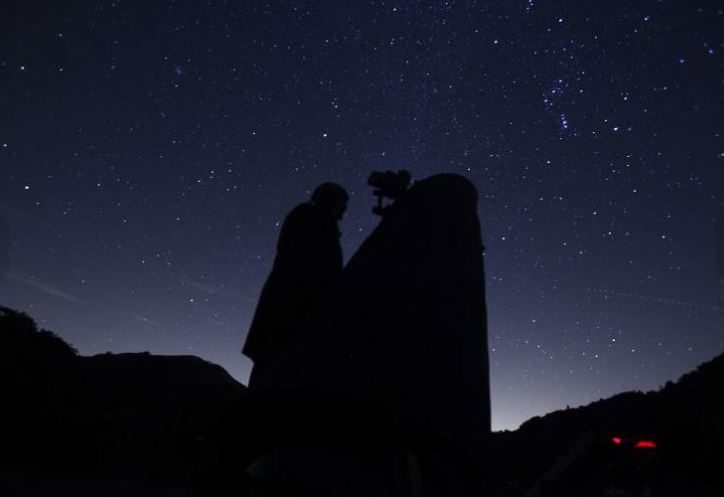
Or was it a meteor?
It may be no coincidence that the sound corresponded to a large but infrequent meteor shower, known as the Unicorn (or Monocerotids, from the constellation of its visible origin), seen only every 25 years or so - and last reported in 1995. But meteors are usually silent apparitions, fleeting and ghostly.
In social media groups, many people dialoged about the Thursday night noises. Descriptions of the noises ranged from "rumbles like thunder" to "like a limb fell on the house."
And it didn't seem to be particularly localized, but strong throughout the Sonoma Valley, in Nextdoor neighborhoods from Temelec to Denmark Street. Similar social media networks reported the noises at about the same time in Healdsburg, 25 miles away. Others on Facebook said it was heard in Sebastopol, Santa Rosa, Cloverdale, Petaluma, Napa and Marin.
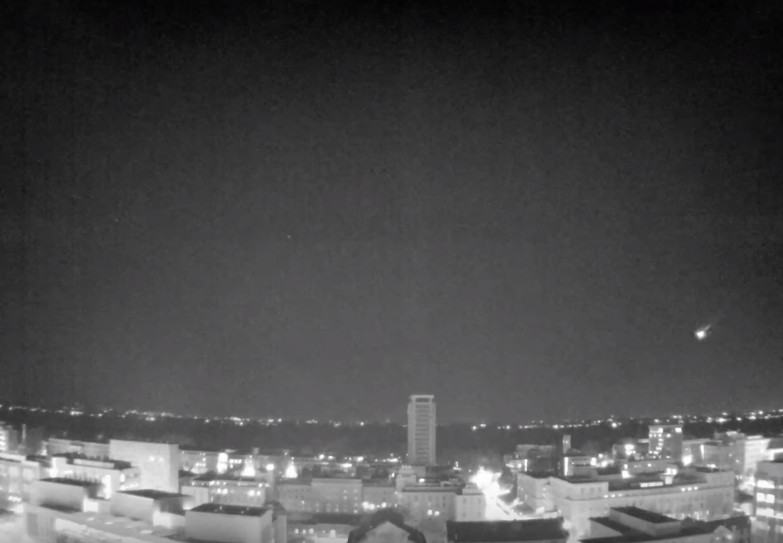
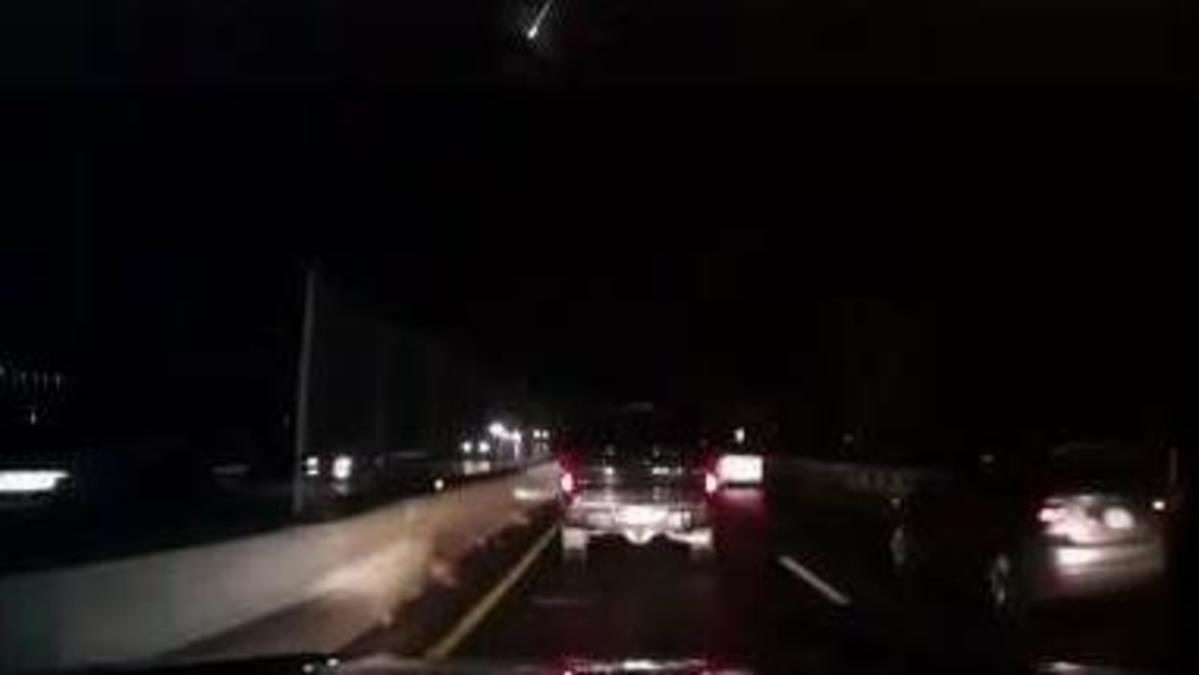
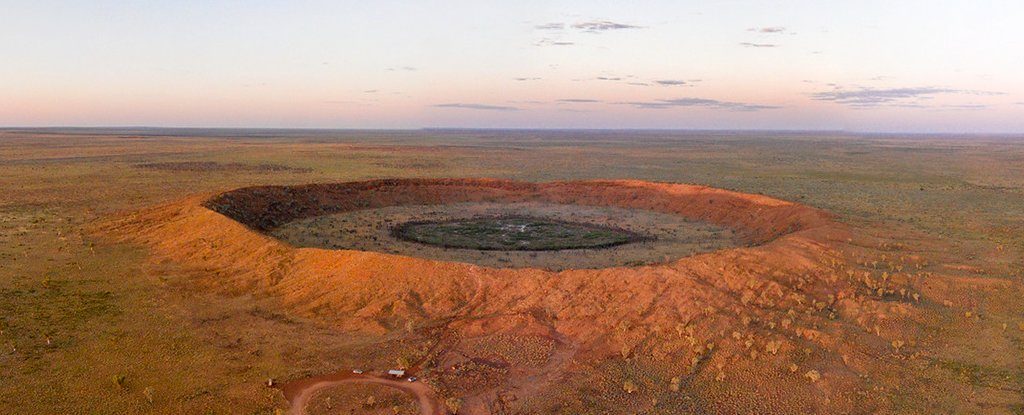
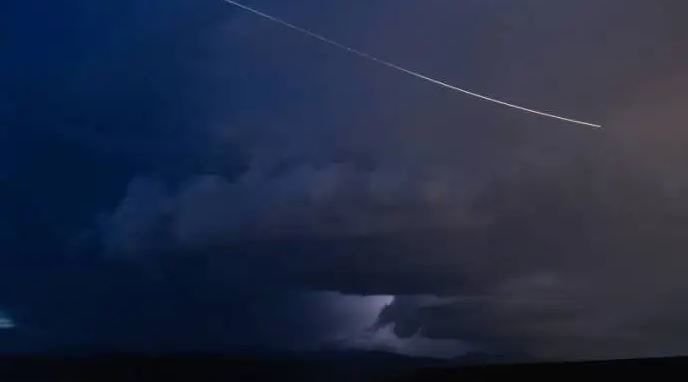
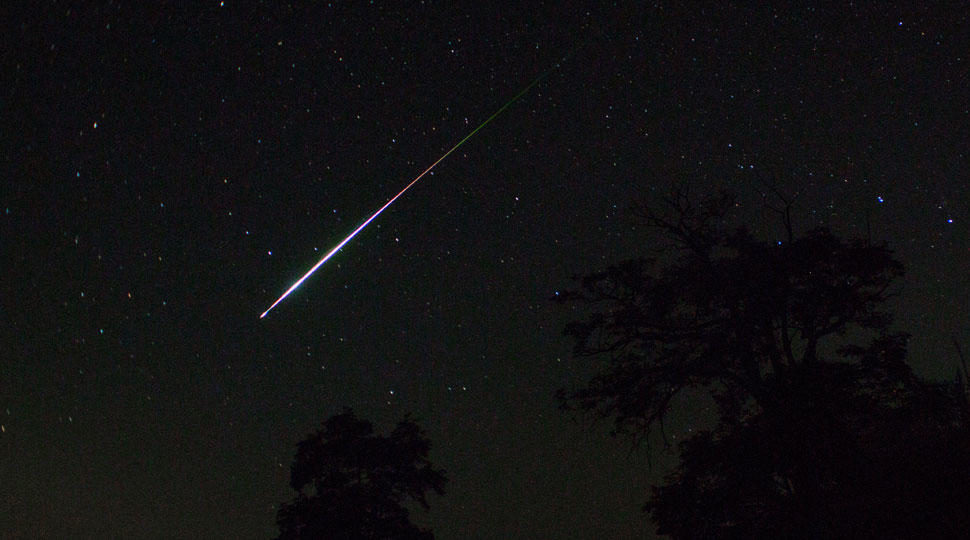

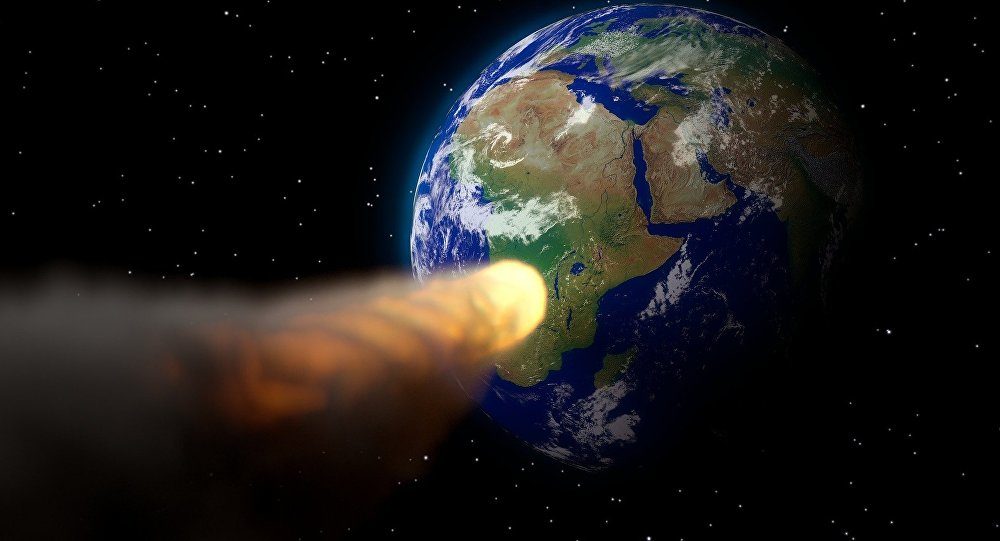
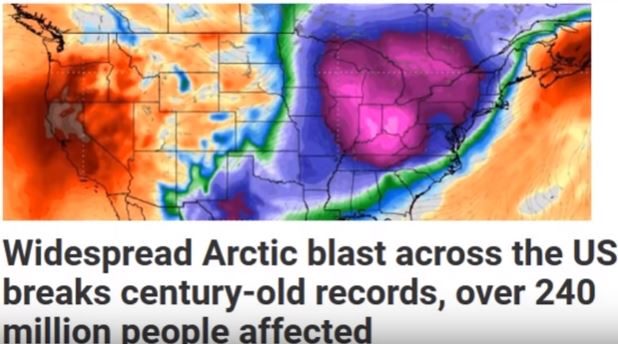
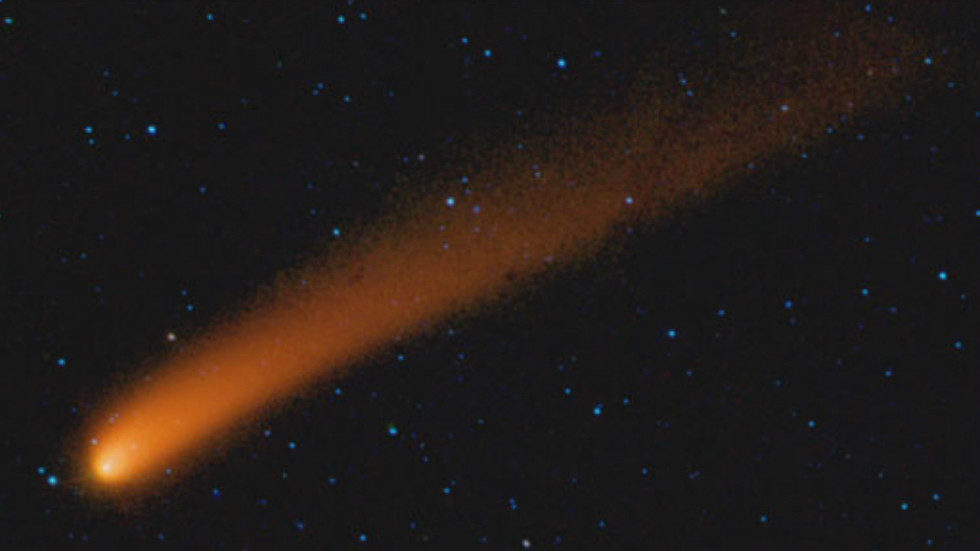



Comment: Another fireball was seen over Spain five days before and was filmed by the SMART project: